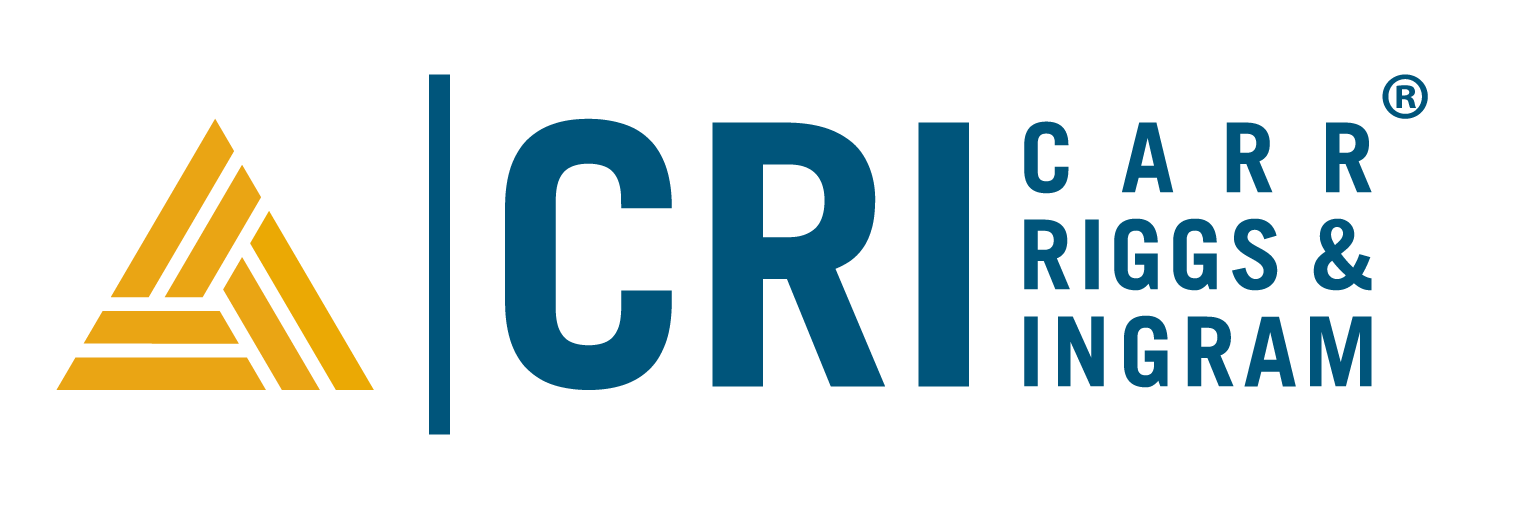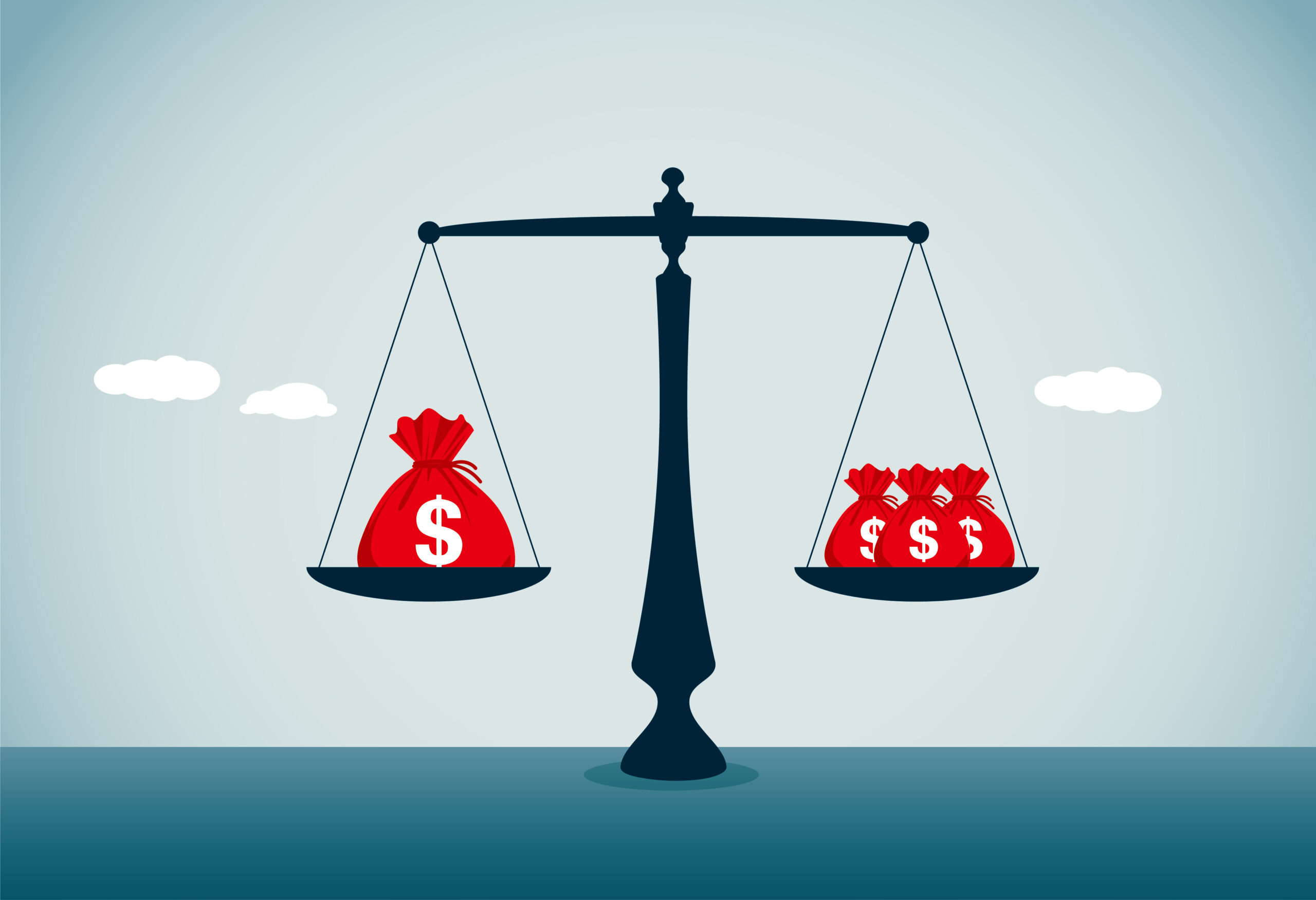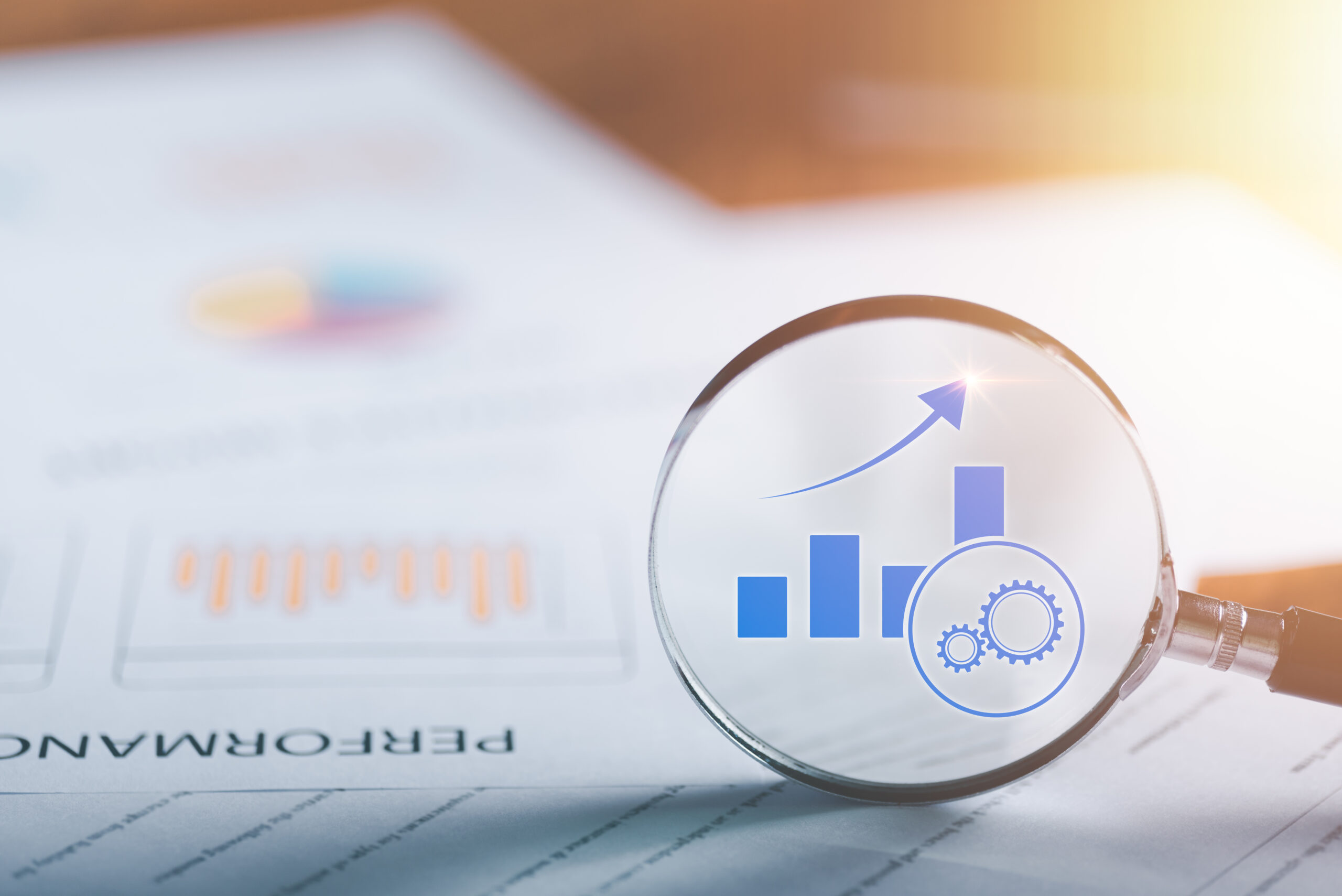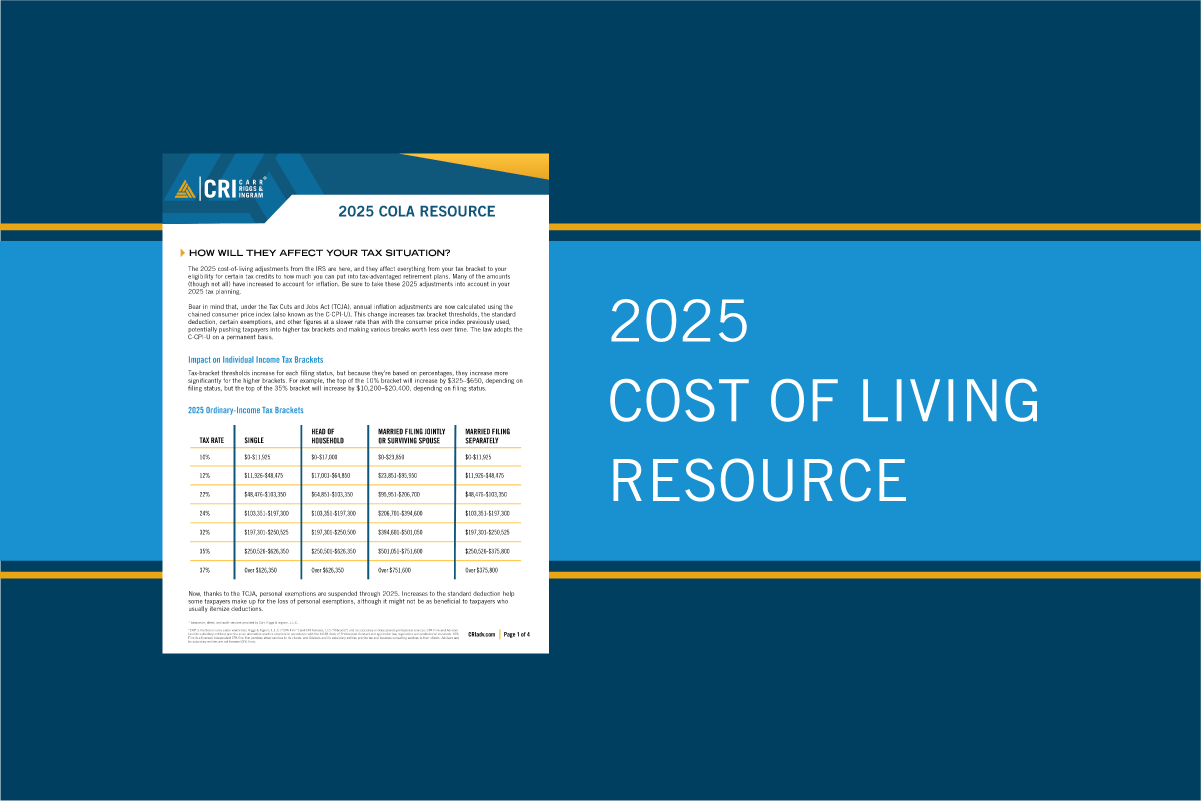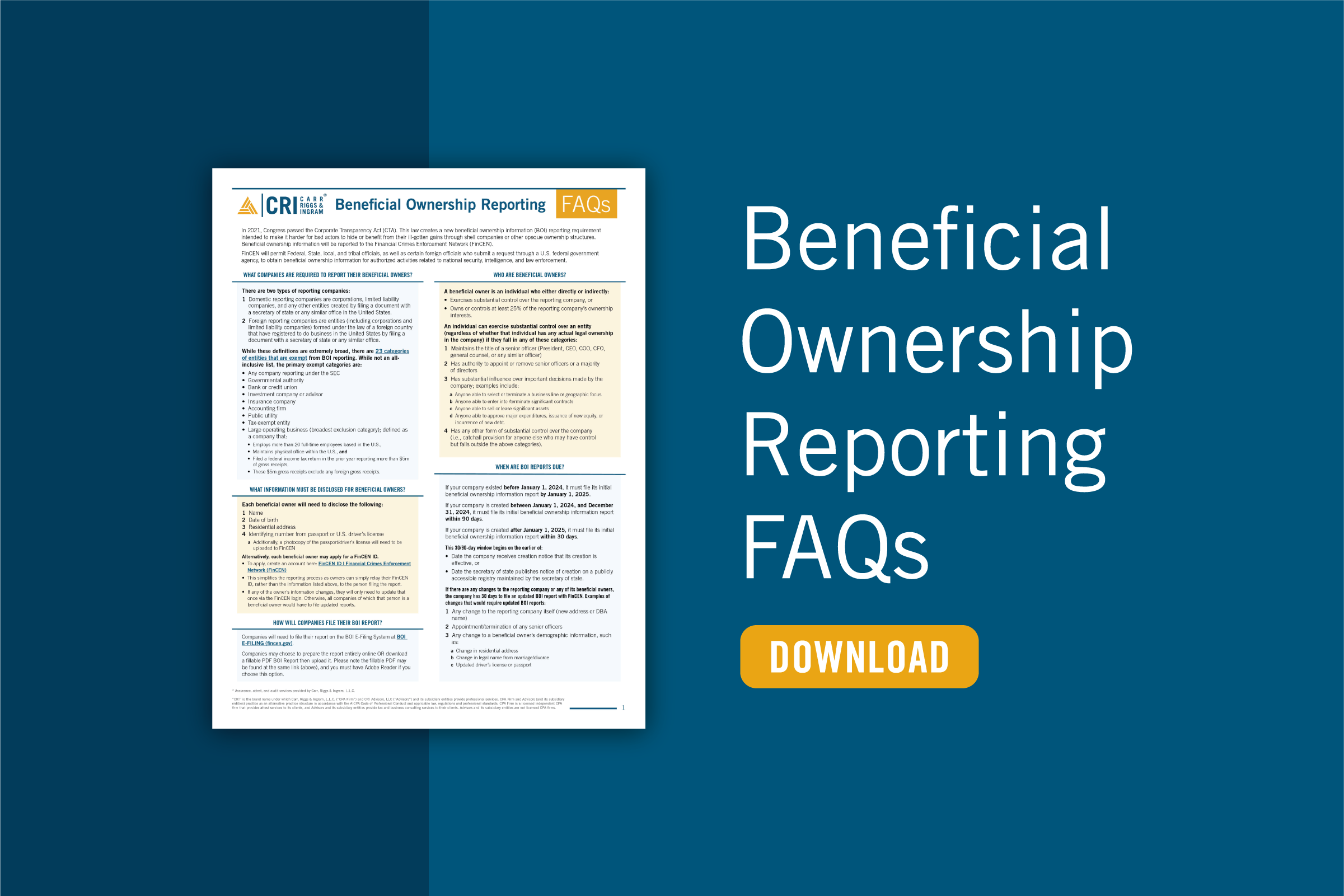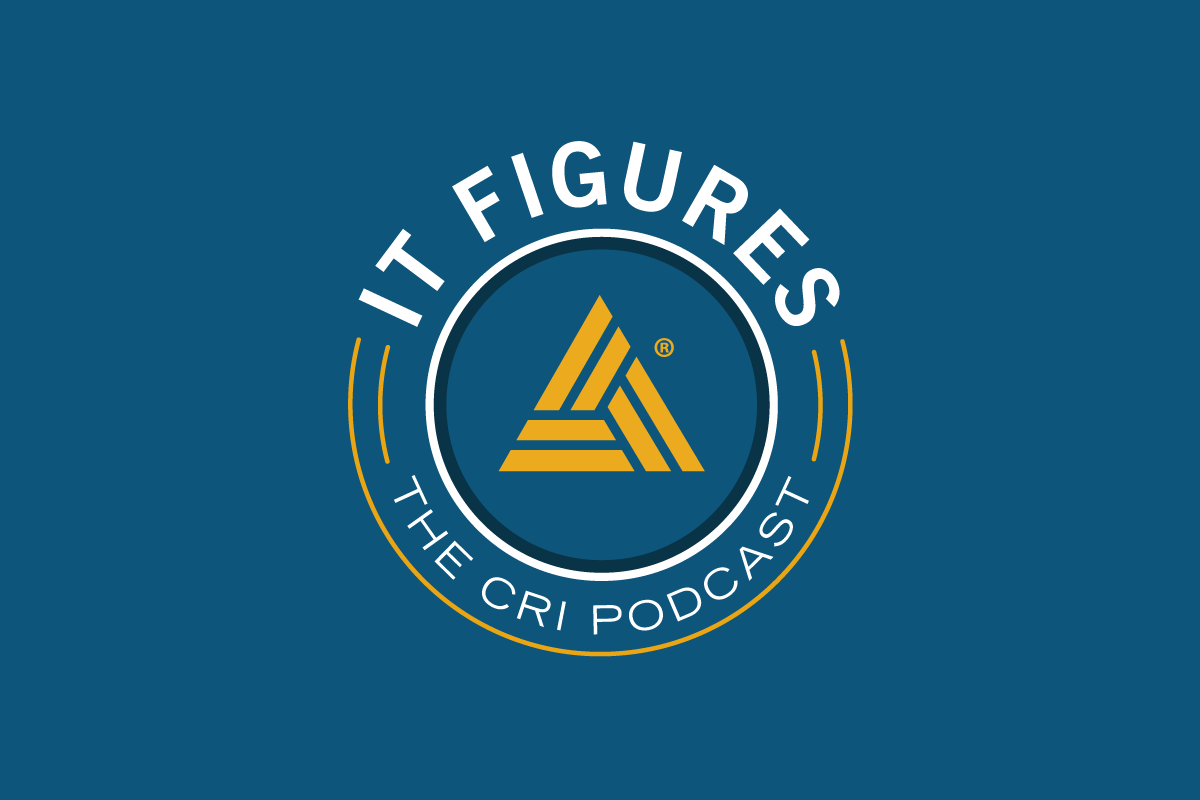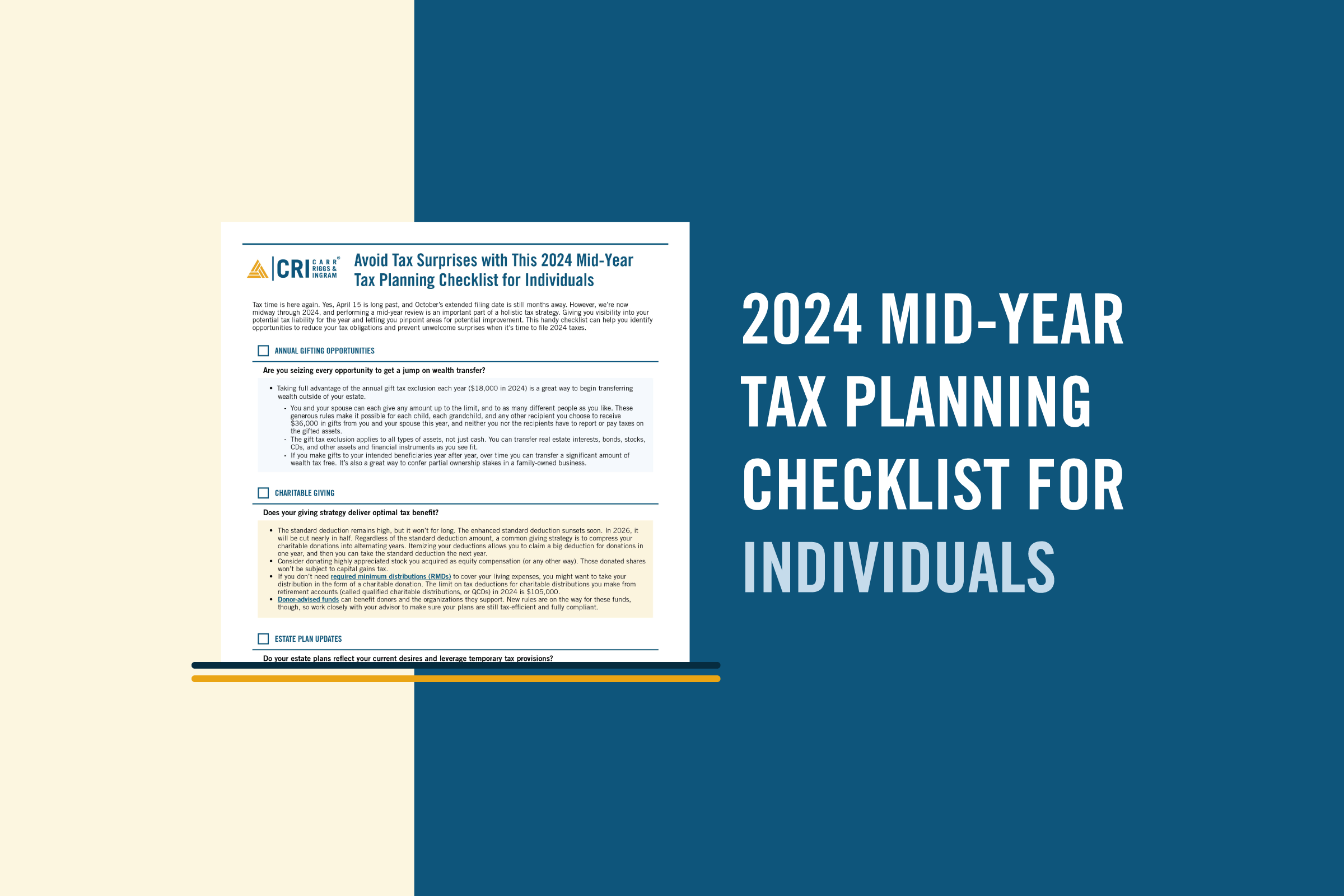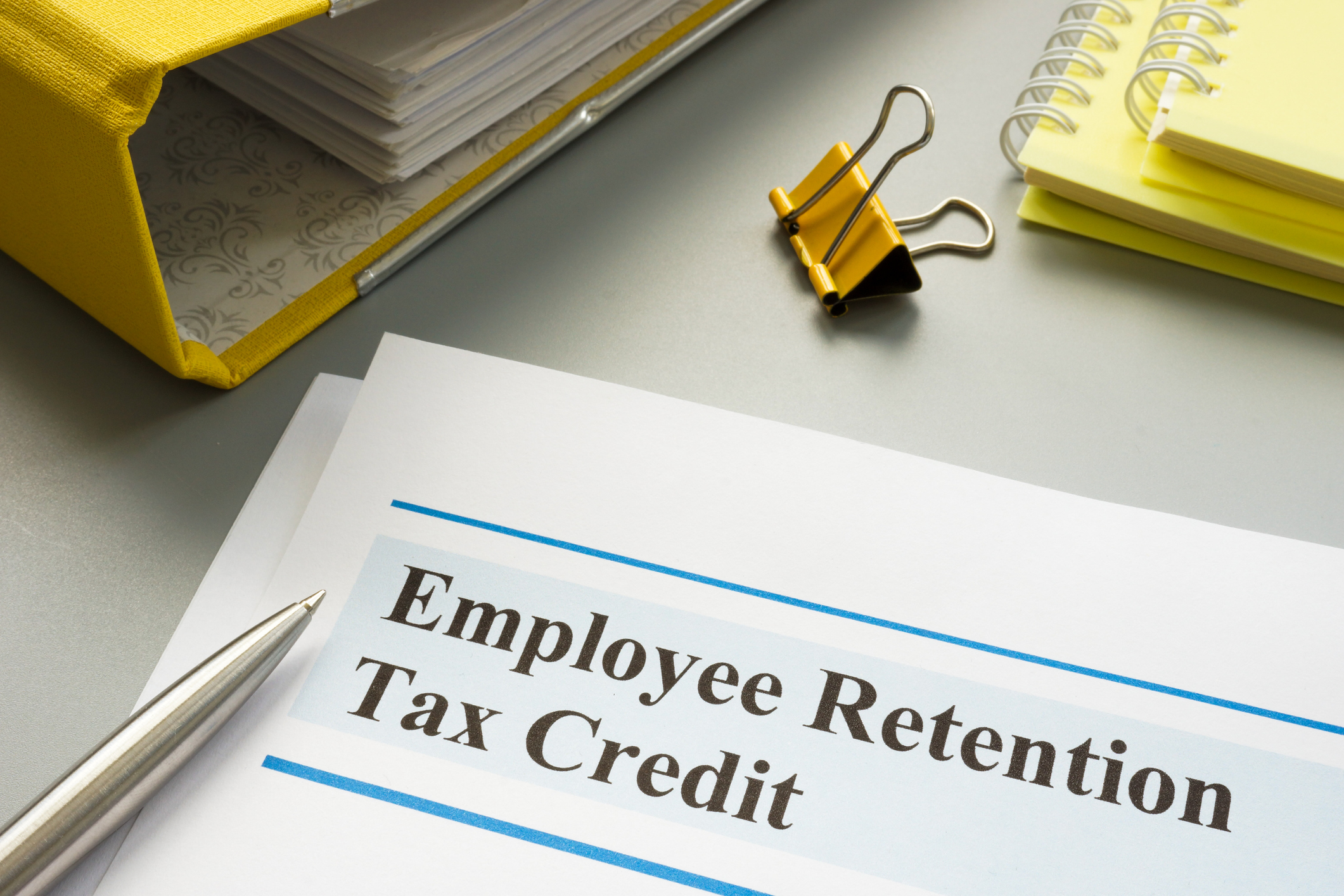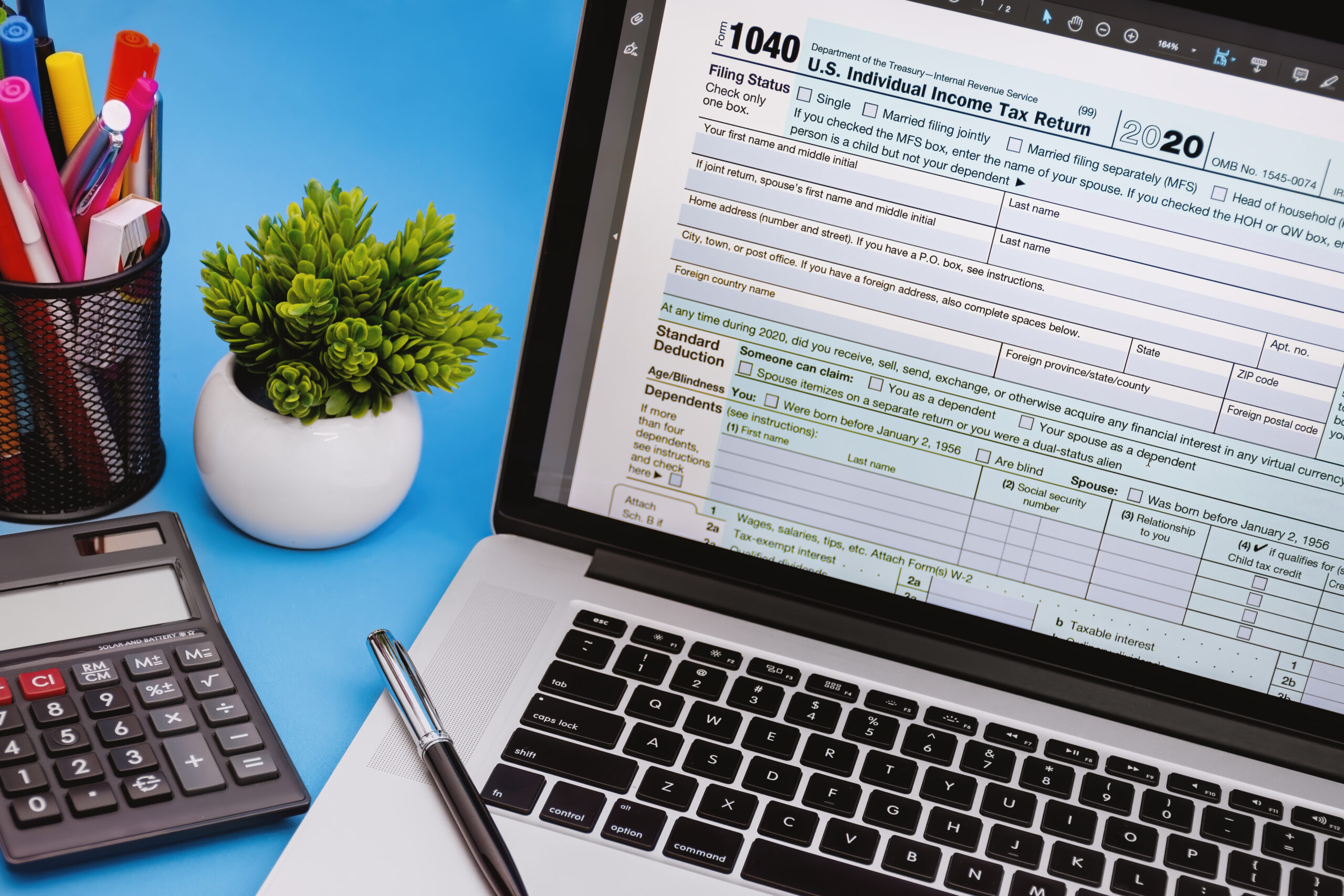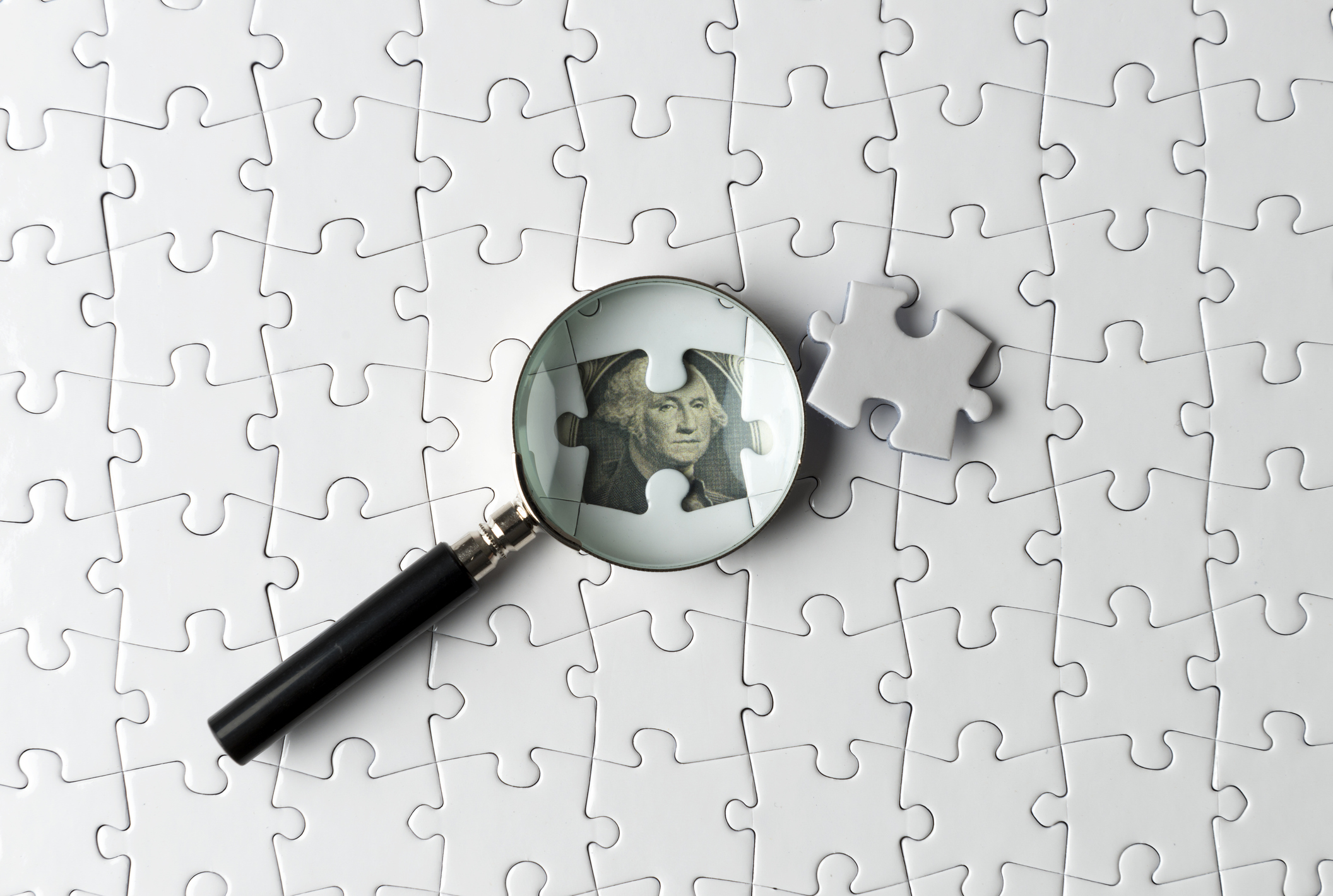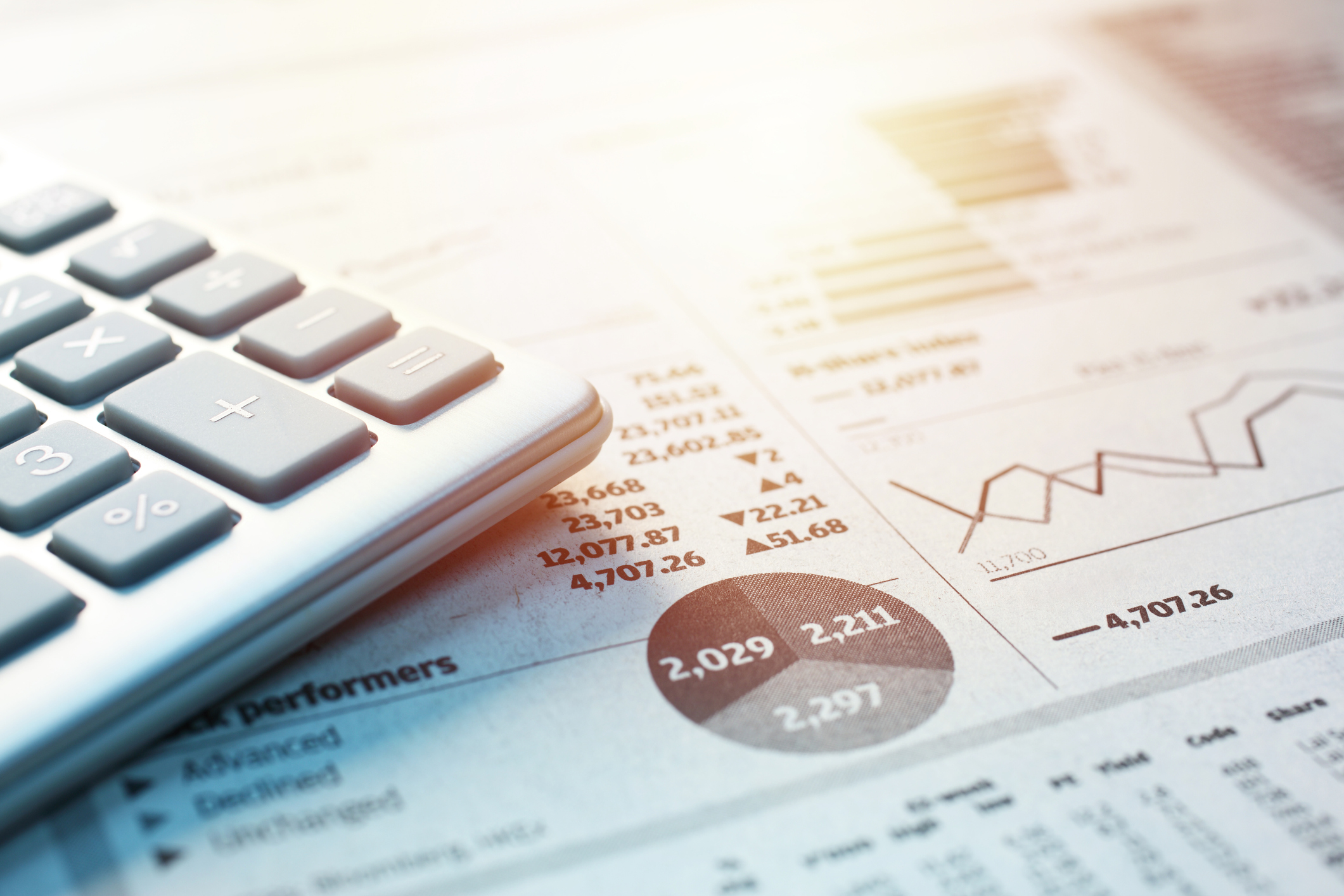Make Better Business Decisions with Financial Modeling
- Contributors
- Deanna Dibin
- Stephanie Schuchardt
May 15, 2024
To thrive in today's dynamic economy, businesses of all sizes must swiftly adapt to changing circumstances. Business owners can gain a competitive edge and enhance profitability by leveraging financial models to anticipate future cash flow in various economic scenarios and assess the potential impacts of current decisions, enabling more effective strategic planning and informed decision-making.
What Is Financial Modeling?
A financial model forecasts the business’s performance based on a set of assumptions that can be adjusted, allowing modelers to “try out” various scenarios to see what effect they might have on performance. By incorporating multiple factors, properly constructed financial models let small business owners prepare for future challenges and take advantage of the opportunities at hand. There are many uses and purposes for financial modeling, and almost as many different types of financial models. All types of financial modeling are efforts to mathematically represent the company’s performance — past, present, or future — given a certain set of facts and conditions. Some approaches are particularly well suited for achieving a specific goal:
- The three-statement model links three core financial statements — income statement, balance sheet, and cash flow statement — with assumptions and formulas to create a forecast for a given time period.
- A sensitivity (or what-if) analysis generally changes one variable at a time to show the ripple effects of that change.
- Scenario analysis involves changing many variables at a time. For example, you might use scenario analysis to anticipate the impact of another COVID-19 surge or a natural disaster and create a plan for how to handle such an event.
- A strategic forecast model projects the impact of a major initiative, such as opening a new location or launching a new product or service.
How Small Businesses Can Benefit from Financial Modeling
At the most basic level, financial models can help business owners track actual revenue and expenses against budget. More complex models can deliver actionable insights that keep you in the driver’s seat, no matter which way the winds may blow. While a two-week cash forecast shows how much cash is available to pay bills and invest, a predictive financial model allows the owner to anticipate more long-range potential slowdowns in cash flow, yielding valuable information regarding if and when cost-cutting measures or other changes might be needed. Business owners might want to build a financial model in many different situations, such as when they are considering taking out a loan, seeking another round of funding, or taking on new shareholders. Financial modeling can be quite helpful in determining the optimal price point for a new product or service, or deciding whether a project under consideration is likely to deliver the hoped-for rewards. It can also be used to estimate the value of the business in situations that do not demand the precise answers delivered by a formal business valuation, and to see where the business stands relative to competitors and industry peers.
Automation Makes Modeling Easier
Before the advent of automated accounting, financial modeling required painstaking efforts to gather data and documents from multiple sources. Even then, the results weren’t necessarily on target because data was often out of date. Real-time, up-to-date financial information is critical for effective financial models. Automation tools can make the process much easier, allowing more valuable results with less time invested. Not only can modern accounting software connect to the business bank account and record cash clearings daily, but the latest technology allows business software to automatically record transactions as they happen from point-of-sale systems and similar solutions. Vendors can even send bills directly to an electronic filing cabinet where robotic processes can handle much of the coding, and business owners can approve bills and make payments directly from their mobile devices. Together these tools lead to weekly rhythms that allow even the smallest companies to run financial models using data that is always up to date. Your outsourced accounting partner can help set up the systems to perform financial modeling.
See More Clearly
While financial modeling isn’t a magical crystal ball that offers certainty or completely eliminates risk, it can transform an educated guess into a decision grounded in solid mathematical probability rather than mere speculation. To discover how financial modeling can benefit your business and support informed decision-making, contact your CRI accounting and business outsourcing partner. Our team is ready to help you navigate financial modeling with confidence and precision.
